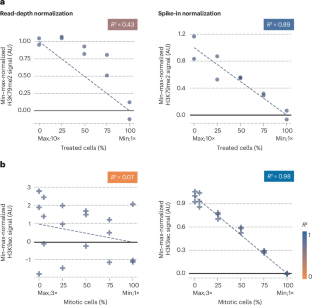2024-09-16 マックス・プランク研究所

A juvenile golden eagle carrying a tracking device on its lower back. The data collected by the tracking device allows scientists to understand the development of flight behavior as the birds grow older.[less]© D. Folkesson
<関連情報>
- https://www.mpg.de/23464667/golden-eagles-in-the-alps?c=2249
- https://elifesciences.org/articles/98818
発達段階が飛行スペシャリストの実現エネルギーランドスケープを形成する Developmental stage shapes the realized energy landscape for a flight specialist
Elham Nourani ,Louise Faure,Hester Brønnvik,Martina Scacco,Enrico Bassi,Wolfgang Fiedler,Martin U Grüebler,Julia S Hatzl,David Jenny,…,Kamran Safi
eLife Published:Sep 11, 2024
DOI:https://doi.org/10.7554/eLife.98818.3
Abstract
The heterogeneity of the physical environment determines the cost of transport for animals, shaping their energy landscape. Animals respond to this energy landscape by adjusting their distribution and movement to maximize gains and reduce costs. Much of our knowledge about energy landscape dynamics focuses on factors external to the animal, particularly the spatio-temporal variations of the environment. However, an animal’s internal state can significantly impact its ability to perceive and utilize available energy, creating a distinction between the ‘fundamental’ and the ‘realized’ energy landscapes. Here, we show that the realized energy landscape varies along the ontogenetic axis. Locomotor and cognitive capabilities of individuals change over time, especially during the early life stages. We investigate the development of the realized energy landscape in the Central European Alpine population of the golden eagle Aquila chrysaetos, a large predator that requires negotiating the atmospheric environment to achieve energy-efficient soaring flight. We quantified weekly energy landscapes using environmental features for 55 juvenile golden eagles, demonstrating that energetic costs of traversing the landscape decreased with age. Consequently, the potentially flyable area within the Alpine region increased 2170-fold during their first three years of independence. Our work contributes to a predictive understanding of animal movement by presenting ontogeny as a mechanism shaping the realized energy landscape.


